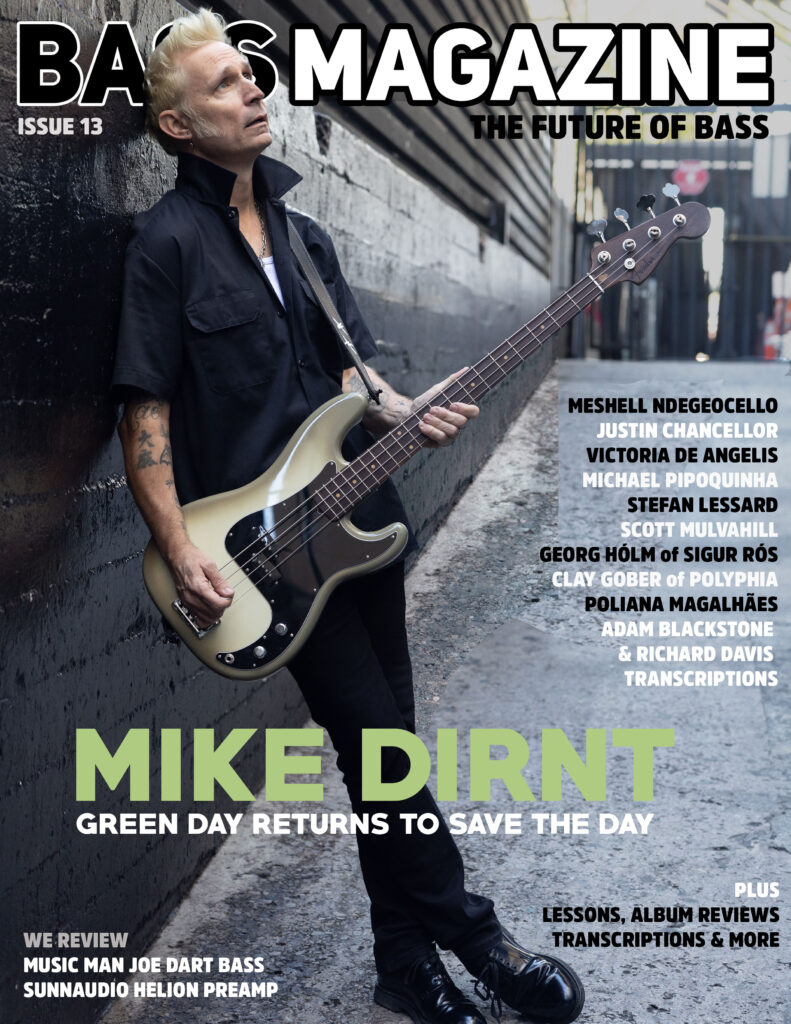Builder David Segal clearly knows his Jazz Basses. The Reference Series evokes the best of the breed while introducing a few thoughtful modern upgrades.
At long last, I got my hands on two New York Bass Works (NYBW) basses to review. I first heard of the company over a decade ago, back when the world’s best bass magazine came out once a month on paper. For reasons I don’t quite recall, the stars never aligned to see one alight at my office door, but I’ve long held a desire to spend some quality time with the instruments. Perhaps it’s my limitless fascination with Fender-Jazz-type basses, or the fact that any New York-based luthier enjoys some locational cachet due to the singular demands of the local clientele. Regardless, this review was a long time coming. The two basses here come from NYBW’s Reference Series line. Builder David Segal uses the name to connote the basses’ inspiration in his own collection of reference basses, namely early-’60s “pre-CBS” Fender Jazz Basses. As a player, Segal found a ton of work through the 1980s wielding these golden-era J basses, and he’s long been fascinated with investigating in









